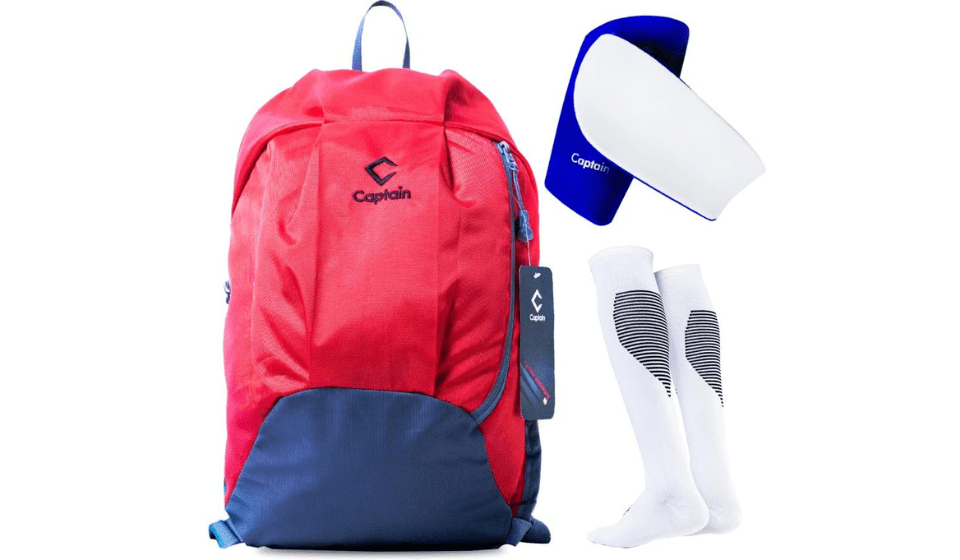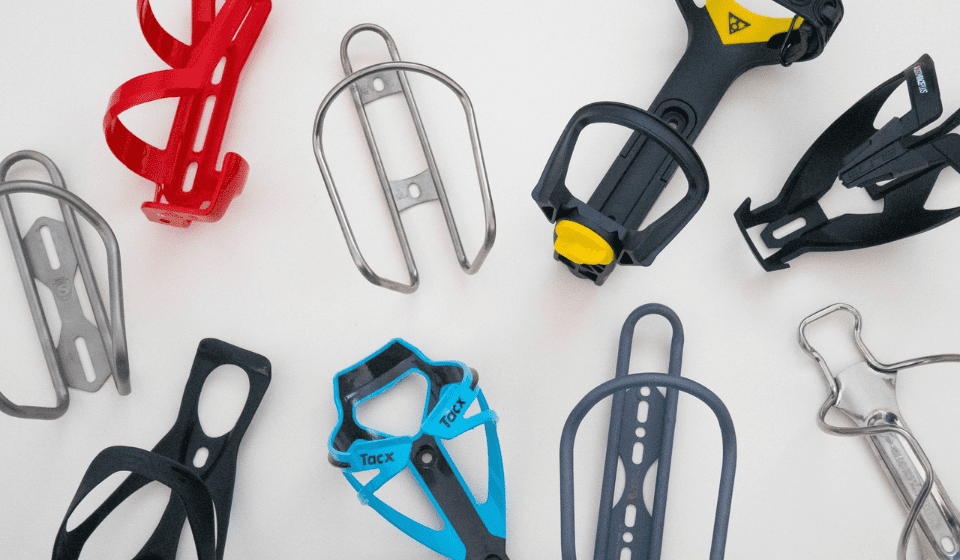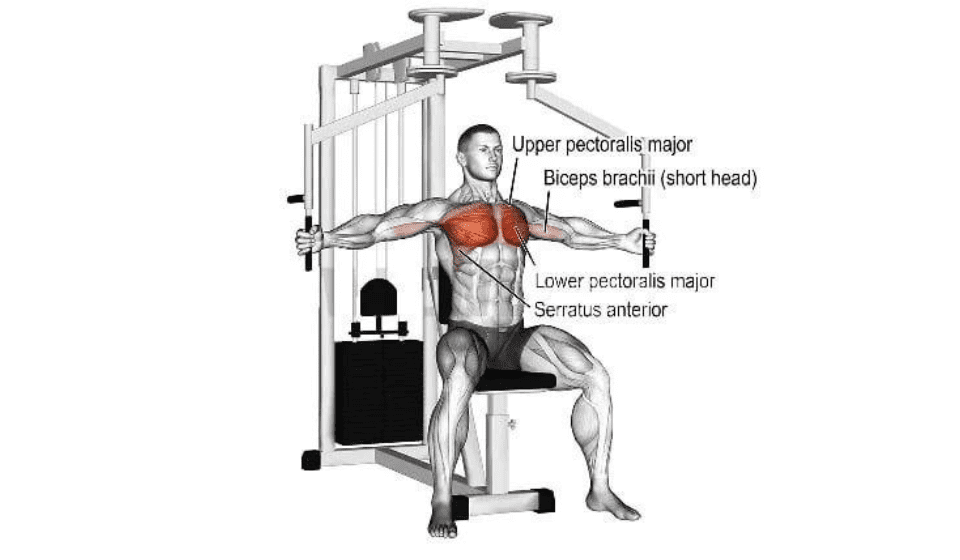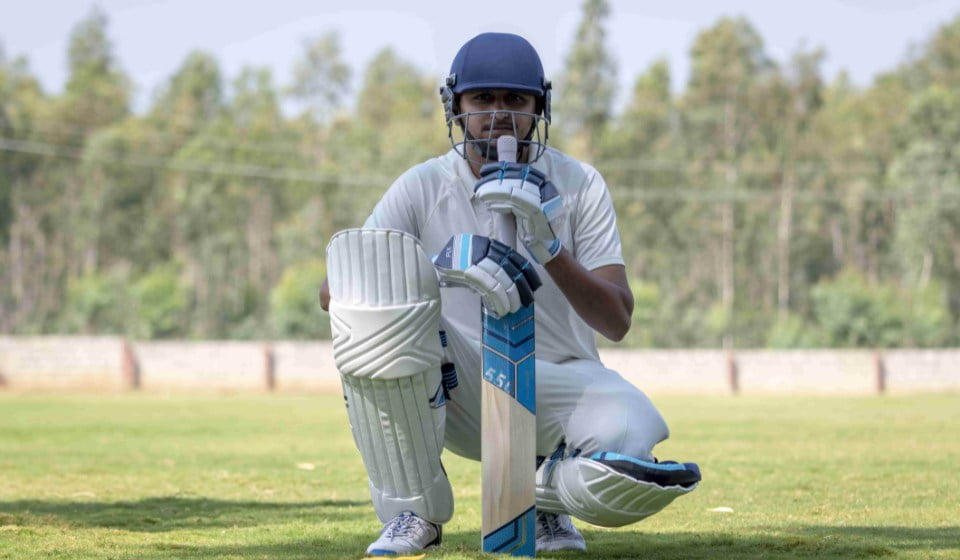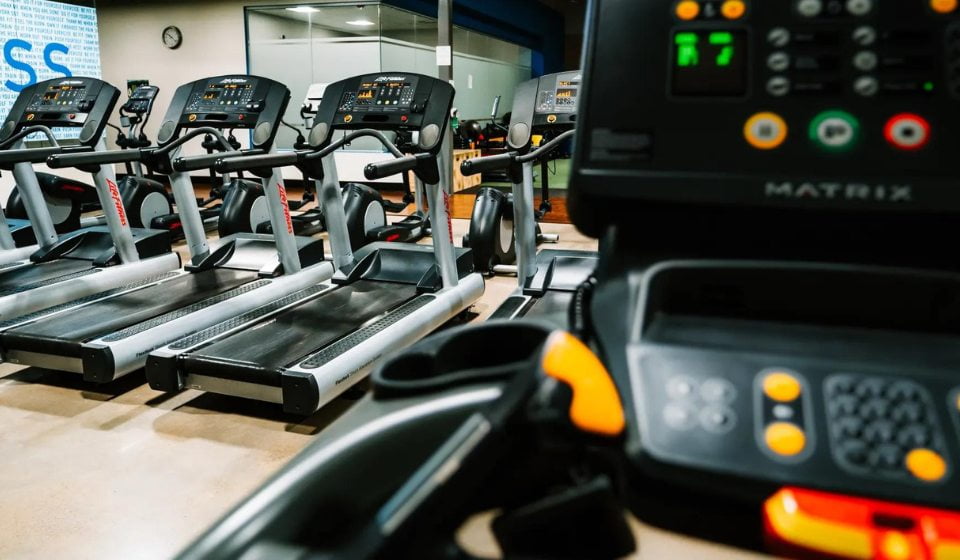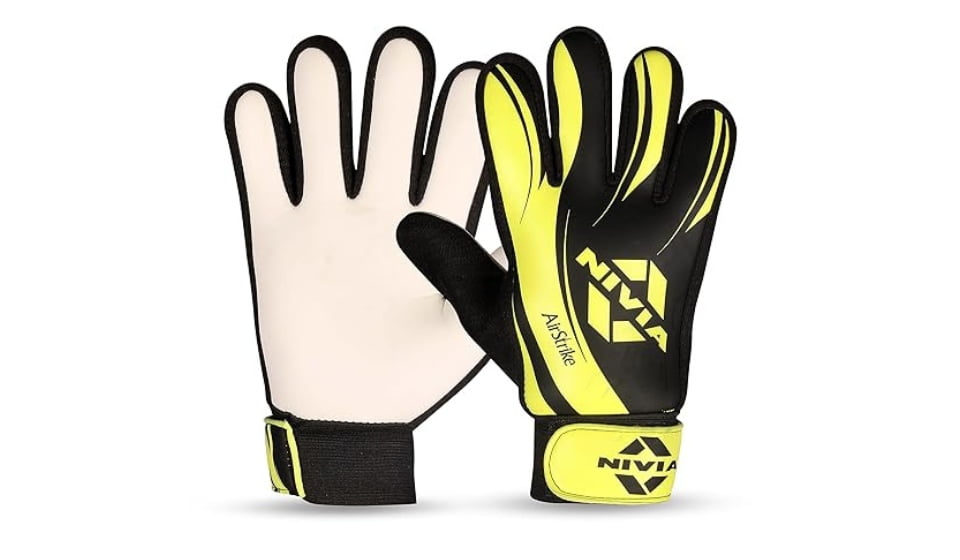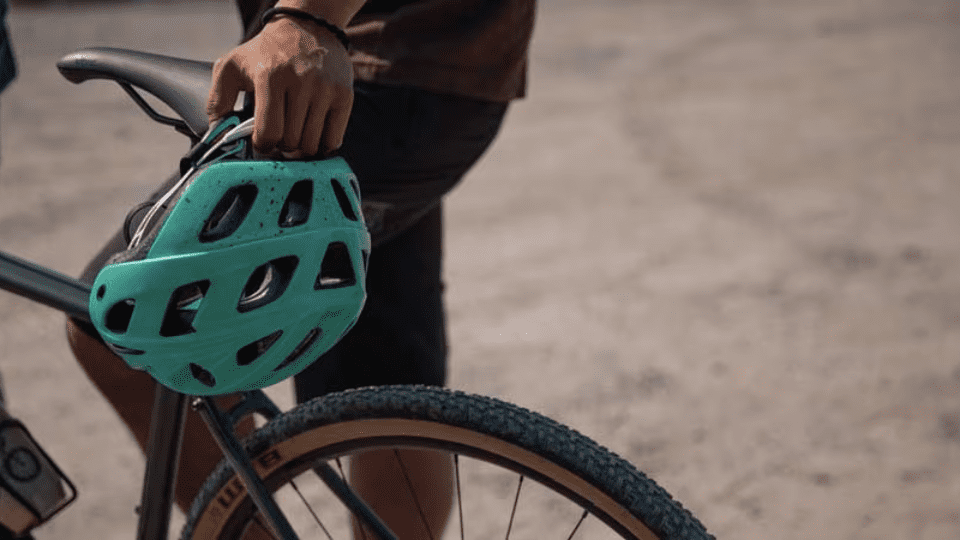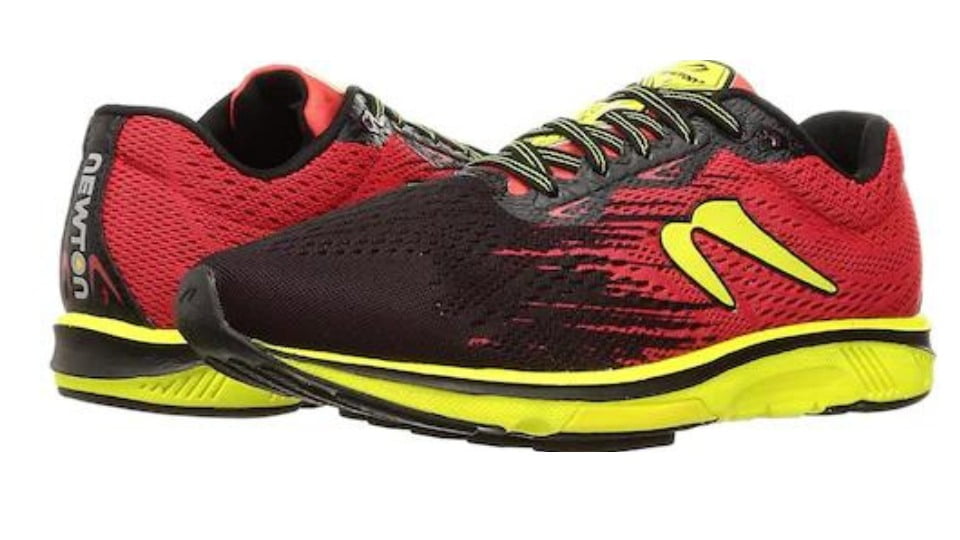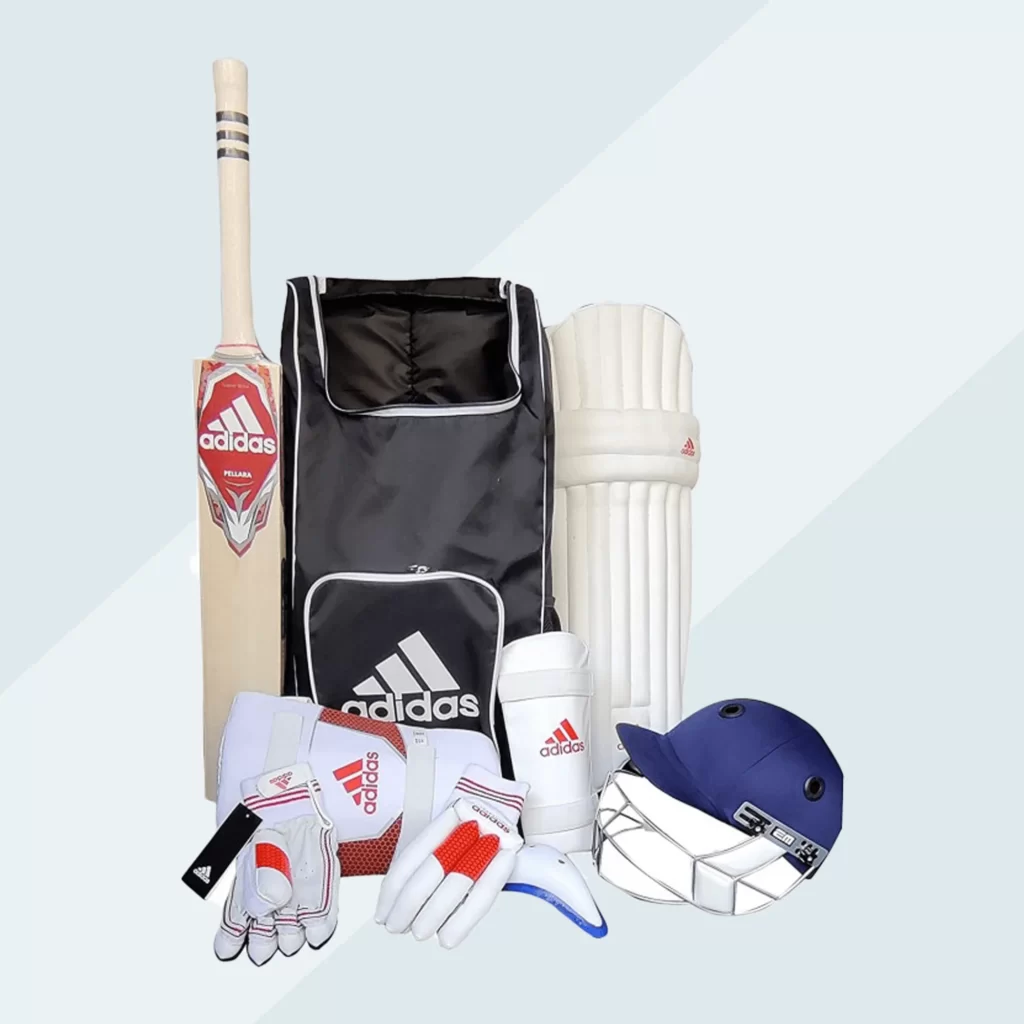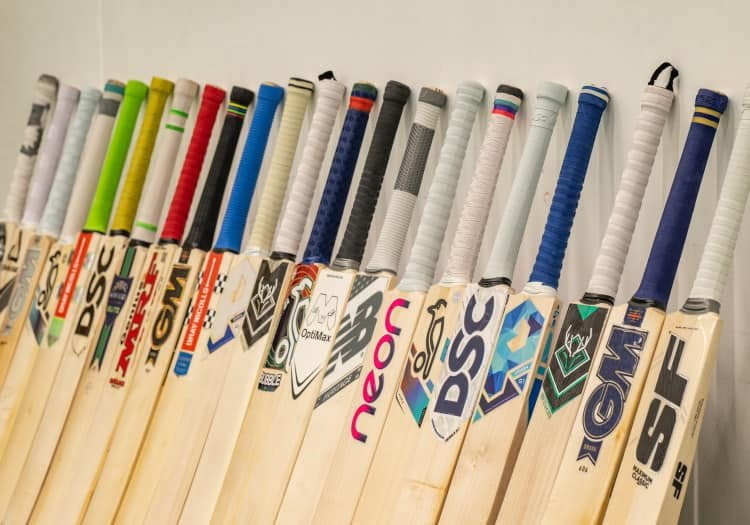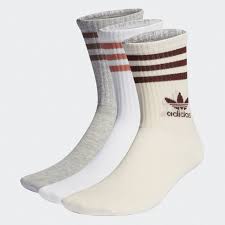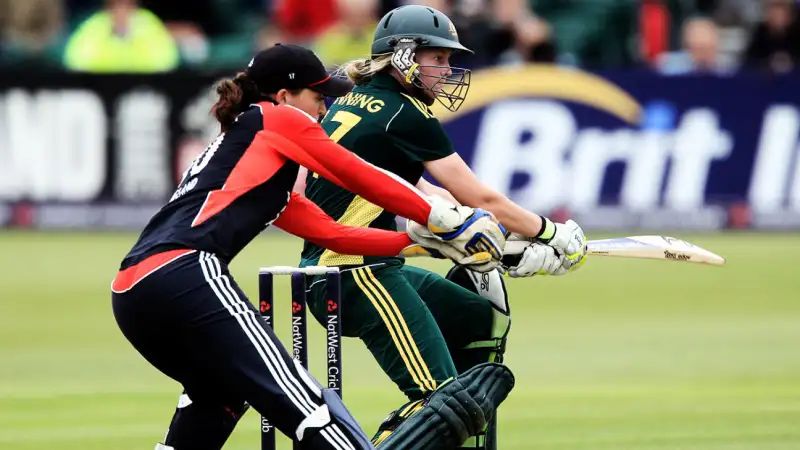Sports Knee Pads for Sports Tennis

Badminton and tennis are both high-intensity racket sports that require players to make quick movements, bend their legs, and sometimes dive to make crucial plays. While these sports knee pads for sports tennis are invigorating and great for physical fitness, they also pose some risks, especially to your knees. To reduce the risk of injury and enhance your performance, investing in sports knee pads is a wise decision. In this blog, we will explore the different sizes of knee pads available and how to select the right pad for you to ensure a comfortable and safe experience on the court.
The Importance of Knee Pads
Before diving into the various sizes of knee pads, let’s first understand why wearing them is essential in badminton and tennis.
1. Injury Avoidance
Knee injuries are common in sports that involve repeated motions and abrupt changes in direction. Wearing knee pads provides essential support to the knee joint, lowering the risk of injuries such as strains, sprains, and ligament tears.
2. Improved Performance
Knee pads protect your knees while also improving your overall performance. They help you to move more freely and confidently since you know your knees are well-protected. This is very useful when diving to make a save or changing direction fast to return a shot.
1.3 At ease and self-assurance
Knee pads offer padding and comfort, allowing you to play without fear of pain or small scratches. The increased confidence may have a huge impact on your performance on the court, allowing you to concentrate on the game rather than potential injury.
Different Sizes of Knee Pads
Now that we’ve established the significance of knee pads in badminton and tennis, let’s look at the many sizes available and how to pick the best one for your needs.
1 pair of little knee pads
Small knee pads are intended for players who prefer less covering yet want additional knee support. They are generally tiny and lightweight, with a wide range of motion and flexibility. Small knee pads are suitable for athletes who do not want to be burdened by heavy equipment.
Pros:
Lightweight and unobtrusive.
Players that appreciate movement and agility will like this.
Excellent for athletes who have a history of mild knee ailments and require additional assistance.
Cons:
Coverage is limited, which may not be enough for players who are prone to serious knee problems.
Larger knee pads may provide more cushioning and protection.
2.2 Knee Pads, Medium
Knee pads of medium size establish a balance between coverage and movement. They are somewhat bigger than little knee pads and provide better knee protection. These knee pads are adaptable and appropriate for players of all ability levels.
Pros:
Provides an excellent blend of coverage and mobility.
Suitable for gamers looking for reliable protection without feeling overburdened.
Perfect for those who play both singles and doubles.
Cons:
Larger knee pads may be bulkier than little knee pads, which may affect the sensation of your motions.
Large knee pads are more protective for players who are at a higher risk of knee injury.
3. Thick Knee Pads
Large knee pads give optimum knee covering and protection. They are intended for athletes who place safety above all else. Large knee pads may have additional features such as more padding, stabilisers, or stronger kneecap protection.
Pros:
Provides the highest level of knee protection.
Suitable for players who have a history of knee ailments or who are more prone to injury.
Ideal for professional or competitive players who want the highest level of protection.
Cons:
Smaller knee protectors are bulkier and less mobile.
Because of their size and weight, they may take some getting accustomed to.
How to Select the Correct Size
Consider the following variables when choosing the proper size of knee pads for badminton or tennis:
1. Your Playing Method
The size of knee pads you require can be influenced by your playing style and
position on the court. Larger knee pads may be more appropriate if you’re an
aggressive player who often dives to make saves or slides around the court.
Smaller knee pads, on the other hand, can provide the required protection
without impeding your movement if you choose a more conservative and upright technique.
If you have a history of knee injuries, you must prioritise safety. Larger knee
pads or those with added cushioning and stabilisers are recommended in
this scenario. If, on the other hand, you’ve never experienced knee issues, you can opt for smaller knee pads to ensure comfort and mobility without compromising safety.
Skill Level Your skill level also plays a role in determining the right knee pad size. Professional or competitive players who participate in intense matches may opt for large knee pads for maximum protection. Casual players or beginners may find medium-sized knee pads sufficient to meet their needs.
Comfort Above all, your comfort should be a priority when choosing knee pads. Ill-fitting knee pads can hinder your performance and cause discomfort. Try on different sizes and styles to find the ones that feel comfortable and secure on your knees. Consider adjustable straps or compression sleeves for a personalized fit.


 English
English 
